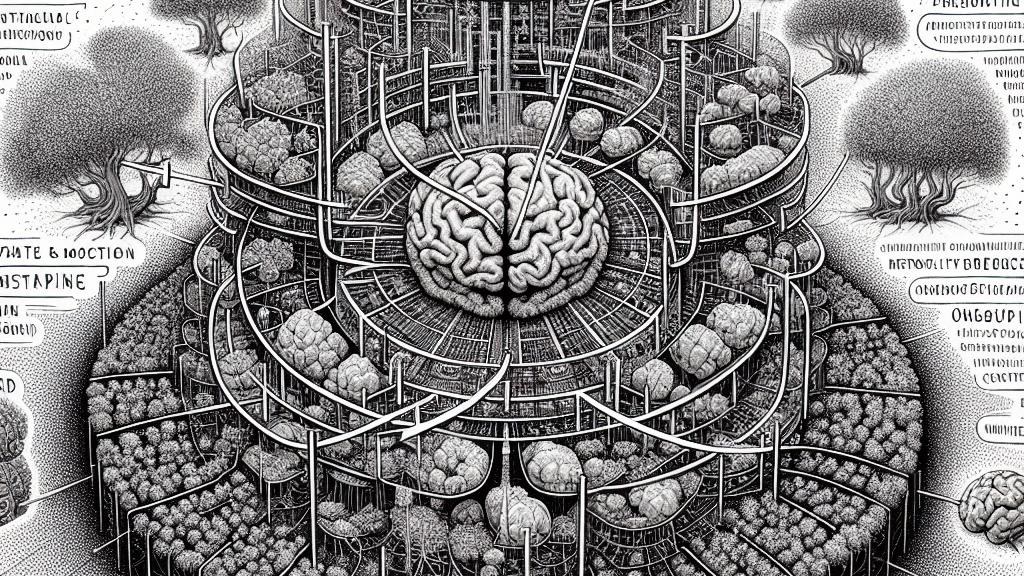Transforming Neonatal Neurology: The Power of Predictive Models in Early Development
Overview
- Predictive models offer revolutionary advancements in assessing early neurodevelopmental outcomes.
- The SwiFT model dramatically enhances predictive accuracy using neonatal fMRI data.
- Timely interventions informed by these models can drastically improve long-term outcomes for vulnerable infants.

The Innovative Leap of Neonatal fMRI and Prediction Models
In the heart of the UK, a remarkable transformation is underway in neonatal research with the introduction of the SwiFT (Swin 4D fMRI Transformer) model. This cutting-edge predictive tool focuses on evaluating early neurodevelopmental outcomes, a topic of immense significance as the initial months of an infant's life are critical for shaping their brain's architecture. The SwiFT model distinguishes itself by harnessing extensive datasets derived from adult fMRI studies, effectively addressing the common bottleneck of limited neonatal data. By employing sophisticated dimensionality reduction techniques, researchers have fine-tuned its predictive capabilities, resulting in considerable improvements in accuracy. For example, in recent trials, the SwiFT model not only outperformed traditional baseline models but also excelled in predicting cognitive, motor, and language outcomes with remarkable precision. This leap in technology not only underscores the importance of innovation in medical research but also opens doors for timely interventions that could redefine the futures of at-risk infants.
Refining Data Analysis with the dHCP Pipeline
In tandem with these advancements, the Developing Human Connectome Project (dHCP) has made significant strides in enhancing neonatal fMRI data analysis by implementing specialized preprocessing pipelines tailored specifically for infants. This effort is vital given the substantial differences between the neurological and physiological characteristics of infants compared to adults, which often lead conventional analysis tools to falter. The dHCP pipeline boasts impressive upgrades, integrating advanced motion and distortion correction techniques, along with robust denoising methods. These improvements significantly enhance the sensitivity and specificity of brain activity detection. For instance, in groundbreaking studies where acute noxious stimuli were applied, researchers observed that the personalized pipeline enabled them to capture subtle brain responses that might have otherwise gone undetected. Such capabilities not only facilitate a deeper understanding of sensory processing in neonates but also empower healthcare providers to identify developmental abnormalities at an early stage, thus ensuring swift and appropriate interventions when needed.
Long-Term Impact and Optimism for Parents
Perhaps the most encouraging revelations arise from extensive studies on children born extremely preterm, offering a hopeful perspective on neurodevelopmental outcomes. Research shows that early assessments indicating neurodevelopmental impairments may not persist as children grow. In fact, studies have consistently demonstrated that a significant percentage of children initially classified with severe development risks show impressive improvements by the age of ten. This discovery is a crucial lifeline for parents navigating the tumultuous waters of premature birth; it underscores a vital point: early indicators, while concerning, do not determine a child's ultimate potential. By merging advanced predictive models with enriched datasets, researchers are illuminating a path toward comprehensive evaluations of infant neurodevelopment. This collective effort not only enhances medical interventions but also nurtures resilience and hope within families, assuring them that advancements in research can truly foster brighter futures for their children.

Loading...